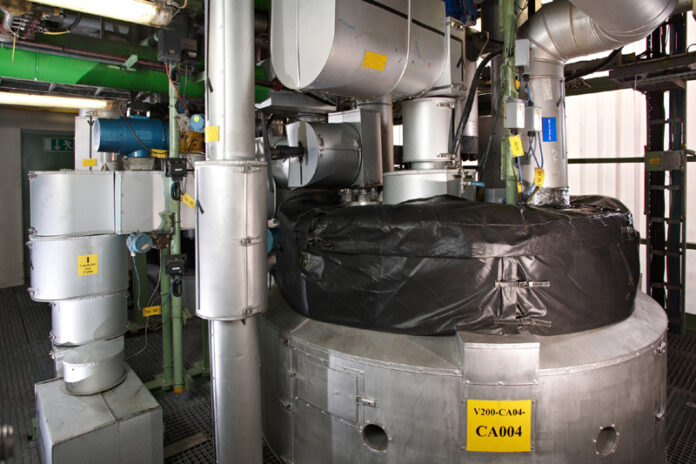Mumbai, December 11, 2021 – What do a highly effective disinfectant, an industrial lubricant, and the well-known insect repellent Saltidin (icaridin) have in common? Hydrogenation is a key step in the synthesis sequences of all of these substances. Saltigo GmbH, a wholly-owned subsidiary of the specialty chemicals company LANXESS, produces hundreds of tons of these products and their precursors each year. “Our flexible campaign management enables us to fulfill a large number of customer requests even when demand is high,” explains Dr. Claus Dreisbach, Hydrogenation Plant Manager at Saltigo.
Hydrogenation with gaseous hydrogen that often takes place in a pressurized environment and sometimes at high temperatures is one of the core competencies of the Leverkusen-based specialist in exclusive synthesis. Saltigo has many decades of experience in this area and a modern, efficient production base in order to carry out numerous variants of these reactions safely, also on a large scale.
Large campaigns preferred
The hydrogenation plant focuses on substances with an annual production volume of between 100 and 2,000 tons (t). “Campaigns of between 100 and 600 tons are the most fun,” says Dreisbach with a wink, before justifying this focus: “Our equipment is optimally designed for that volume, which makes for maximum productivity.” But smaller campaigns of between 20 and 100 t are regularly on the production schedule. In total, the plant produced well over 5,000 t of hydrogenated products last year. It also manufactures according to the “just in time” principle: always aligned with the individual requirements of customers as well as the availability of raw materials and equipment. This enables high storage costs to be avoided throughout the supply chain.
The hydrogenation reactions that are generally catalyzed with transition metals or their complexes can be applied to a wide variety of feedstocks and create products with a high level of purity and a high yield for the most part. In this way, olefins and polyolefins are turned into saturated hydrocarbons, aromatic or heteroaromatic compounds are turned into cycloaliphates, and aldehydes or ketones and imines or nitriles, respectively, are turned into alcohols or amines, for example.
Pressure vessel is the centerpiece
At the heart of the hydrogenation plant are two pressure-resistant reaction vessels as well as a cascade of pressure vessels that enables continuous production. The reaction pressures can be as high as 180 bar at temperatures of up to 320 °C. A separate tank farm as well as numerous processing systems for isolating the target components are effectively integrated in the plant.
“Hydrogenation with hydrogen including the asymmetric reaction variants are part of the established technological portfolio of many a provider of exclusive synthesis. It is indispensable for manufacturing a wide variety of important chemical agents and intermediates. However, carrying out reactions like these safely and efficiently, especially on a large scale, is anything but trivial. That is where our many years of experience pay dividends,” says Dreisbach in summing up. Adherence to the quantities and delivery dates stipulated are other important arguments for choosing an experienced, reliable synthesis partner.

















